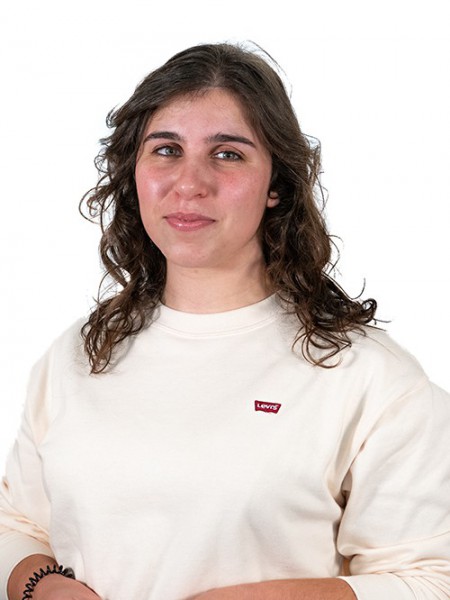abstract
Bioengineering close-to-native in vitro models that emulate tumors bioarchitecture and microenvironment is highly appreciable for improving disease modeling toolboxes. Herein, pancreatic cancer living units-so termed cancer-on-a-bead models-are generated. Such user-programmable in vitro platforms exhibit biomimetic multicompartmentalization and tunable integration of cancer associated stromal elements. These stratified units can be rapidly assembled in-air, exhibit reproducible morphological features, tunable size, and recapitulate spatially resolved tumor-stroma extracellular matrix (ECM) niches. Compartmentalization of pancreatic cancer and stromal cells in well-defined ECM microenvironments stimulates the secretion of key biomolecular effectors including transforming growth factor beta and Interleukin 1-beta, closely emulating the signatures of human pancreatic tumors. Cancer-on-a-bead models also display increased drug resistance to chemotherapeutics when compared to their reductionistic counterparts, reinforcing the importance to differentially model ECM components inclusion and their spatial stratification as observed in vivo. Beyond providing a universal technology that enables spatial modularity in tumor-stroma elements bioengineering, a scalable, in-air fabrication of ECM-tunable 3D platforms that can be leveraged for recapitulating differential matrix composition occurring in other human neoplasias is provided here.
keywords
BREAST-CANCER; MICROENVIRONMENT; DESMOPLASIA; HYDROGELS; MODELS; CHEMORESISTANCE; AGGREGATION; FIBROBLASTS; GEMCITABINE; PREDICT
subject category
Engineering; Science & Technology - Other Topics; Materials Science
authors
Monteiro, MV; Rocha, M; Gaspar, VM; Mano, JF
our authors
acknowledgements
This work was developed within the scope of the project CICECO-Aveiro Institute of Materials, UIDB/50011/2020 andUIDP/50011/2020, financed by national funds through the Portuguese Foundation for Science and Technology/MCTES. This work was also supported by the Programa Operacional Competitividade e Internacionalizacao (POCI), in the component FEDER, and by national funds (OE) through FCT/MCTES, in the scope of project PANGEIA (PTDC/BTM-SAL/30503/2017). The authors acknowledge the financial support by the Portuguese Foundation for Science and Technology (FCT) through a Doctoral Grant (DFA/BD/7692/2020, M.V.M.). The authors also acknowledge the financial support by the Portuguese Foundation for Science and Technology (FCT) through a Junior Researcher contract (CEEC/1048/2019, V.M.G.).




